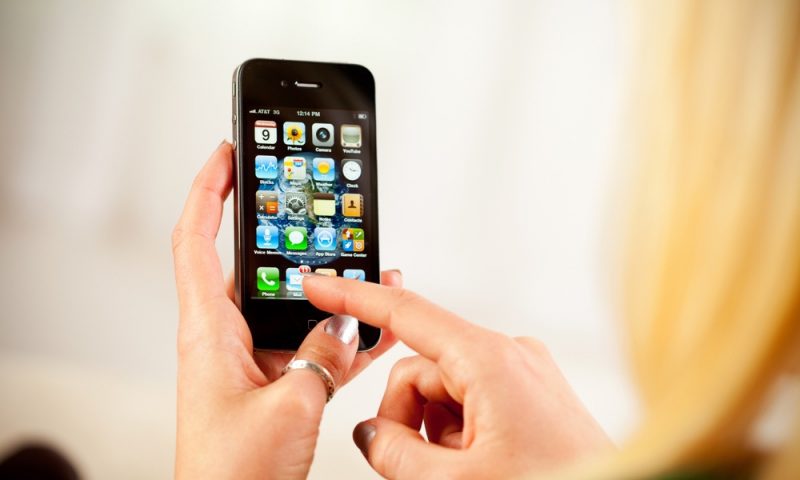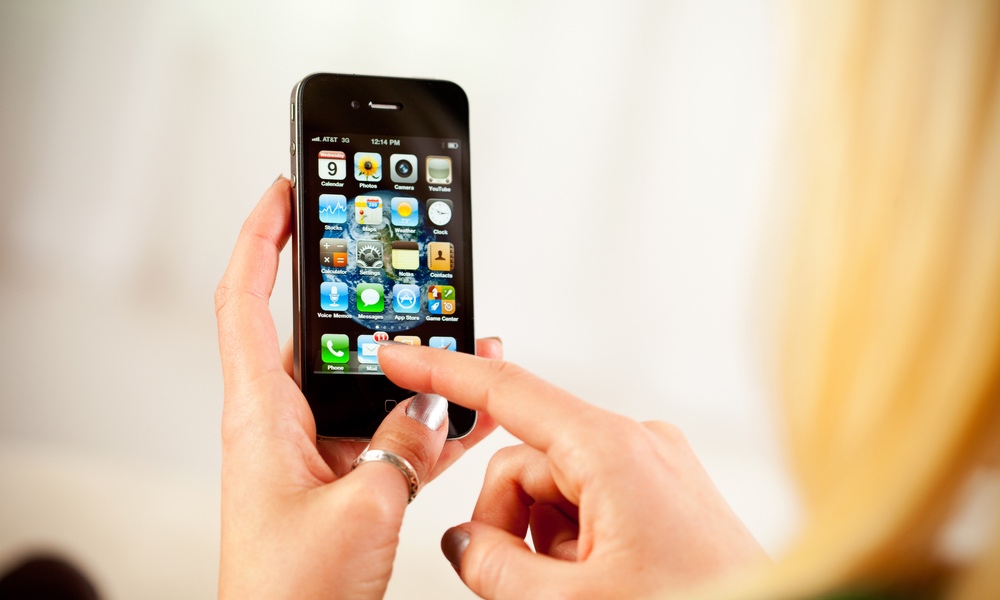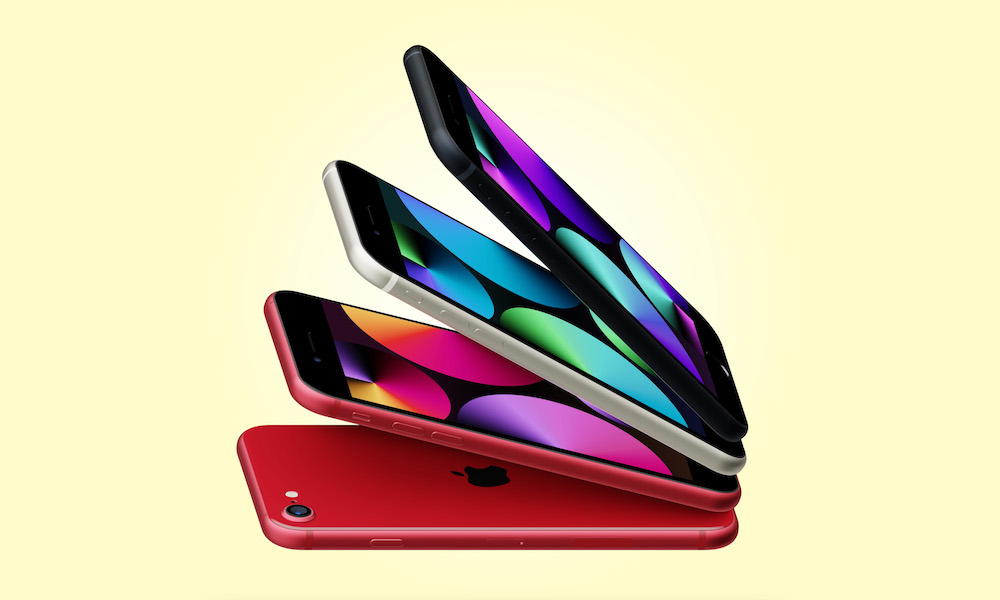Some iPhone 4s Owners Will Get a (Small) Payout from Apple in Class Action Settlement | Do You Qualify?

 Credit: Sean Locke Photography / Shutterstock
Credit: Sean Locke Photography / Shutterstock
While most folks have long forgotten the iPhone 4s, which Apple released in 2011, lawyers have much longer memories. The lawsuit was filed in December 2015, at a time when the iPhone 6s was Apple’s shiniest new thing, and iOS 9 had just been released to the public, promising improved performance even for older devices.
Unfortunately, that proved untrue for at least some iPhone 4s owners. A group of users claimed that, instead of seeing an increase in performance, the new iOS 9 slowed down their iPhones to the point where they were “no longer functional for normal use.”
This included “crashes and freezes” and “performance problems in all aspects of the iPhone’s functionality,” including phone, email, and text messaging features.
These Incredible Apps Help You Save Money, Earn Cash, Cancel Unwanted Subscriptions, and Much More
The App Store has become completely oversaturated with all the same repetitive junk. Cut out the clutter: These are the only 6 iPhone apps you’ll ever need…Find Out More

To be clear, this lawsuit wasn’t accusing Apple of planned obsolesce. The claim wasn’t that Apple slowed down the iPhone 4s. Instead, the plaintiffs accused Apple of “deceptive trade practices and false advertising.”
Plaintiff and other owners of the iPhone 4S were harmed when their devices’ software was updated to the newest version, iOS 9. The update significantly slowed down their iPhones and interfered with the normal usage of the device, leaving Plaintiff with a difficult choice: use a slow and buggy device that disrupts everyday life or spend hundreds of dollars to buy a new phone. Apple explicitly represented to the public that iOS 9 is compatible with and supports the iPhone 4S. And Apple failed to warn iPhone 4S owners that the update may or will significantly interfere with the device’s performance.
The class action was filed in the Eastern District of New York by Chaim Lerman, Roslyn Williams, and James Vorrassi, and represented more than 100 class members. The group called for Apple to pay damages of between $5 million and $15 million.
Naturally, Apple fought back, resulting in years of protracted litigation. Seemingly in an effort to bury the matter in paperwork, Apple produced over 48,000 documents, spanning over 539,000 pages, plus depositions from nearly a dozen Apple employees and expert reports totaling over 770 pages.
Now, over six years after the case began, it appears that both sides have come to an agreement, albeit perhaps only as a result of sheer exhaustion.
After over six years of hard-fought litigation, counsel recognize the substantial risks the Parties would face if the action progressed.
Apple has agreed to set aside $20 million in the settlement. This will be used to pay out $15 per eligible iPhone 4s device, which aligns with Apple’s arguments throughout the litigation that even if the plaintiff’s claims were true, the actual damages would not exceed $15 per device.
The amount paid per device could be higher if the total number of valid claims is lower than expected. The “Net Settlement Amount” — the $20 million minus the usual attorney’s fees, expenses, and administrative costs — will be allocated equally among class members making a claim, up to a cap of $150 per device.
Who’s Eligible for This Payment?
This particular class action lawsuit is quite limited compared to most. Members of the Settlement Class must own or have previously owned an iPhone 4s that was updated to iOS 9, and they also need to have resided in either New York or New Jersey when they installed iOS 9.
The settlement says “own” includes anybody who used an iPhone 4s for personal, work, or any other purposes. It also covers anybody who “updated to any version of iOS 9 from any version of iOS 7 or iOS 8.”
While the settlement still has to go through the usual approval process, a website will eventually be set up for customers to submit a claim form, including an iPhone 4s serial number and “a declaration under the penalty of perjury that, to the best of their knowledge, (1) they downloaded iOS 9, or any version thereof, onto their iPhone 4S; (2) they lived in New York or New Jersey at the time that they first downloaded any version of iOS 9; and (3) their iPhone 4S experienced a significant decline in performance as a result.”







